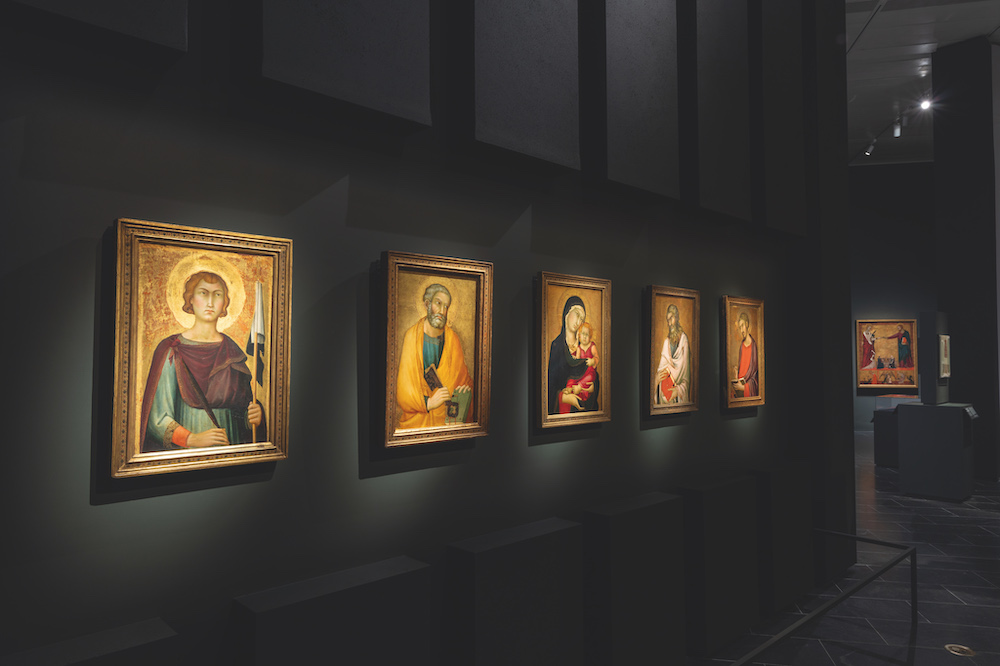‘Siena: The Rise of Painting, 1300–1350’
Metropolitan Museum of Art, New York (13 October 2024–26 January)
and National Gallery, London (8 March–22 June)
Greeted with near-unanimous five-star reviews on both sides of the Atlantic, ‘Siena: The Rise of Painting’ magnificently demonstrated that a scholarly exhibition of Old Master paintings that included no works by household names can enthral a large public. For once, the claim ‘a once-in-a-generation event’ was justified: with more than 100 exhibits, most of great fragility, this was the largest exhibition in more than 20 years devoted to the art of Siena in the half century before the Black Death and nothing like it will be seen for decades to come. To make sense of this exceptionally rich subject, its curators focused on the innovations of Duccio and three younger artists, Pietro and Ambrogio Lorenzetti and Simone Martini. The exhibition’s greatest coup was the reuniting of the eight surviving predella panels from the back of Duccio’s Maestà, lent from Madrid, London, Siena, Fort Worth, New York and Washington. But scarcely less impressive was the reassembling of Martini’s Orsini polyptych, split between Antwerp, Paris and Berlin. Among other highlights, all displayed with theatrical flair, was the newly restored Pieve polyptych by Pietro Lorenzetti, lent in its entirety by Santa Maria della Pieve in Arezzo. The tight focus on a small group of painters was balanced by a rich selection of manuscripts, sculptures, textiles and, especially, goldsmiths’ work, which explored the way new artistic ideas moved between media. The exhibition also looked beyond the city walls to show how Siena’s wealth drew in textiles from Iran, carpets from Turkey and silks from Mongolian territories. Such luxury objects influenced the Sienese artists and craftsmen who undertook major commissions in Florence, Naples and Avignon, so spreading the city’s influence across Europe. Deeply thoughtful in conception, intellectually ambitious and inspired in execution, the exhibition will have a long-term effect on not only scholarship but also the popular perception that art in Italy before 1500 is essentially a Florentine story.


